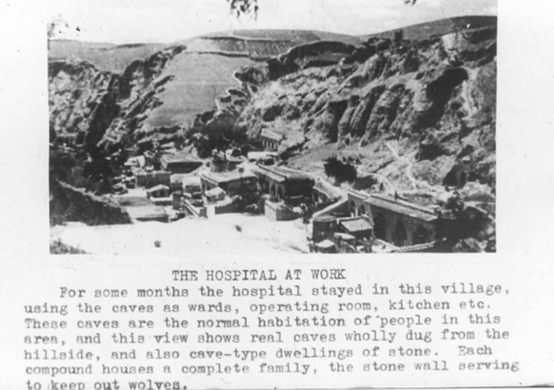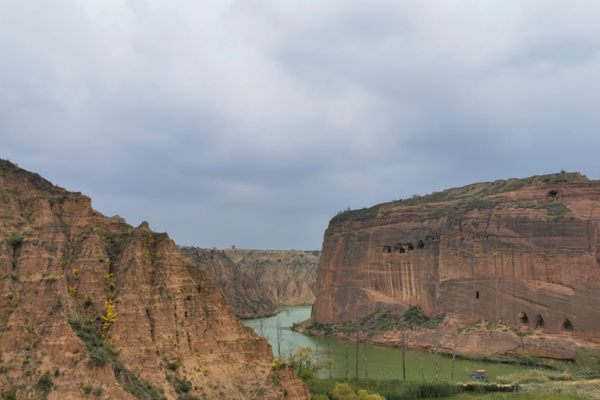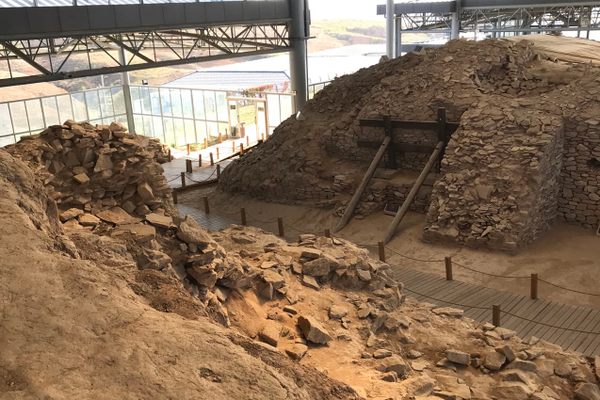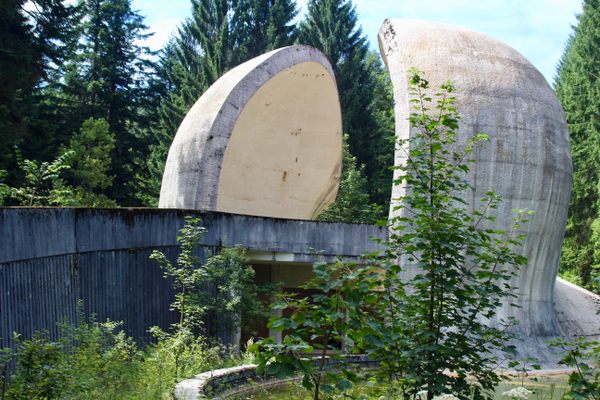Abandoned China Medical University
Forgotten for decades, the first medical school built in Communist China is full of surprises today.
For years, this medical school housed the only hospital in all Communist China and was a hotbed of political and medical activity. Today, visiting the site feels like stepping back in time. Removed from the bustle of the city, the quiet of rural China surrounds the dusty village of Liushudian. There, a single road dotted with stray chickens and dogs stretches through the town and weaves around the hospital site.
The medical hospital was originally founded in 1931 in the Southwestern province of Jiangxi under the name Chinese Workers and Peasants Red Army Medical School. The institute was reestablished outside the city of Yan’an in Shaanxi province in 1935, after the Chinese Communist Party fled eastern China and was on the brink of extinction. In 1940, Mao Zedong personally renamed the school China Medical University, reflecting his national ambitions, even though the Communists only controlled a small area of land at the time.
Desperately short on supplies and expertise, the hospital ran on improvisation and grit. Many Western doctors rotated through the hospital providing much-needed expertise. Some were devout Communists and are still memorialized to this day. Dr. Norman Bethune, for example, was a Canadian surgeon and Communist who died during the Chinese Civil War while treating Communist forces. As a result, this hospital was briefly named Norman Bethune International Peace Hospital in his honor. Even today, Chinese school children memorize the eulogy Mao Zedong wrote in Dr. Bethune’s honor.
American military observers, sent to survey the Communist forces in 1945, noted that while the hospital was desperately short on supplies, the staff, including senior doctors, boasted about the hospital’s vegetable garden that all able-bodied persons (including patients) helped maintain.
Today, the site is maintained by a caretaker, Mr. Bao. With his sidekick miniature poodle, he carries a set of heavy iron keys and unlocks the doors to the former wards one-by-one. The former wards face a broad, grassy courtyard and now houses exhibits on medical care during the early Communist years. There are recreated surgical theatres, complete with scalpels, saws, and other steel bric-a-brac. Anatomy posters in Chinese hang from the walls. Dusty hospital cots are lined up under photos of their original counterparts.
One former ward now houses a dedicated exhibit of the “foreign friends” who helped their cause, with dedications the non-Chinese doctors who “came to the aid of China.” The hundreds of grainy photographs that line the walls are a real highlight, displaying both the austere conditions and the humanity of those involved.
Know Before You Go
The structure itself is a 15 minute cab ride from the city of Yan’an in the unswept village of Liushudian (柳树店村). Once at the village, continue up the single road hill until you arrive at a large metal gate. Once at the gate, you will hear the caretaker’s dog barking. Mr. Bao will then let you in and show you around, unlocking each of the dozen-or-so doors one-by-one.
Name in Chinese:
中国医科大学旧址
柳树店村
延安
Plan Your Trip
The Atlas Obscura Podcast is Back!
























Follow us on Twitter to get the latest on the world's hidden wonders.
Like us on Facebook to get the latest on the world's hidden wonders.
Follow us on Twitter Like us on Facebook